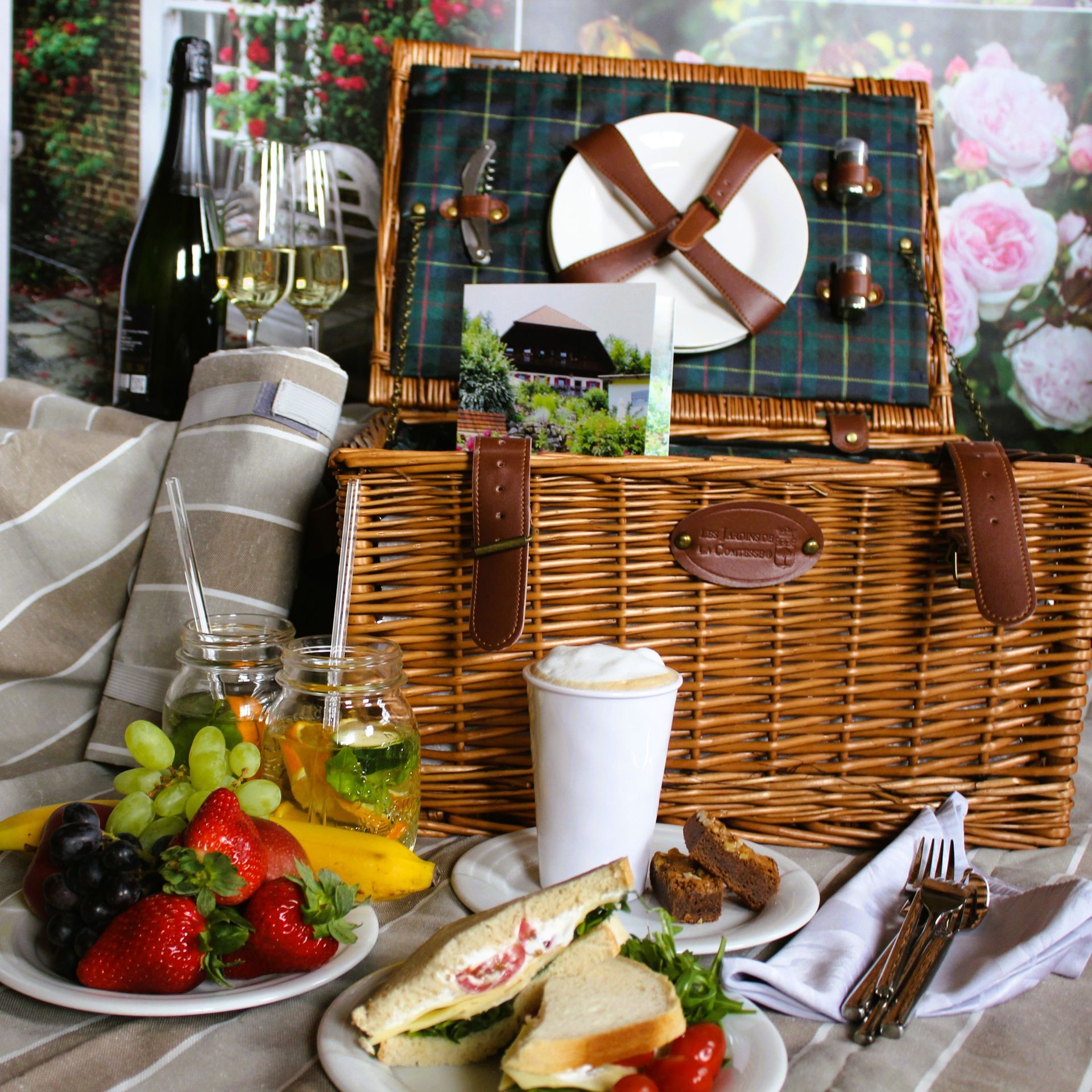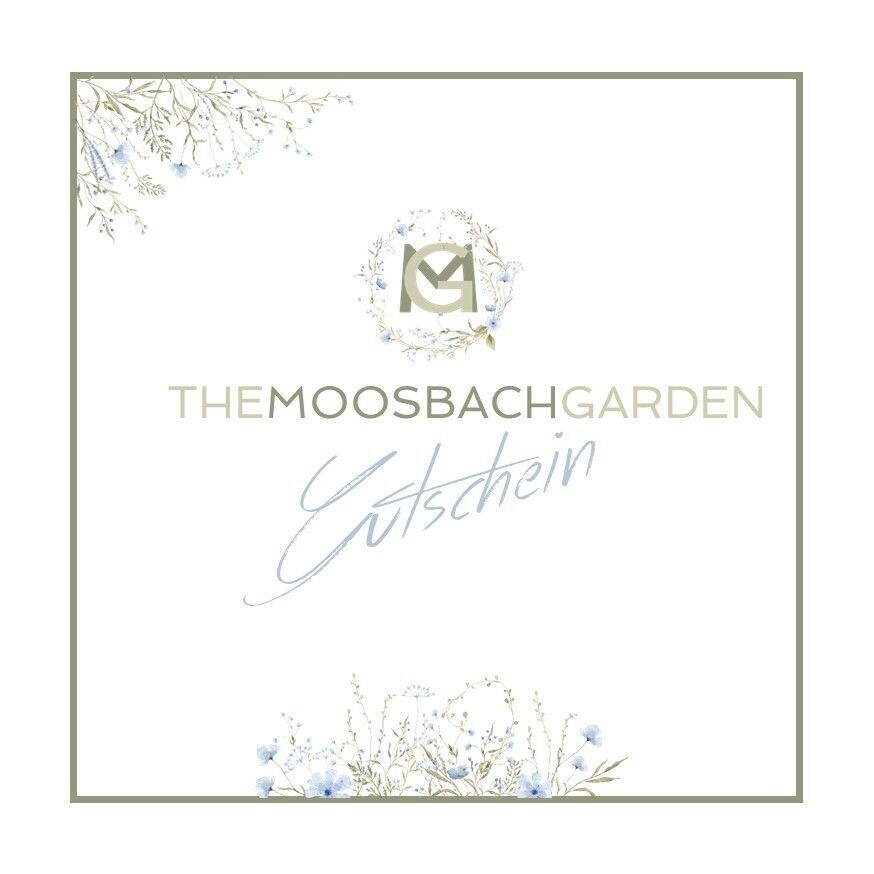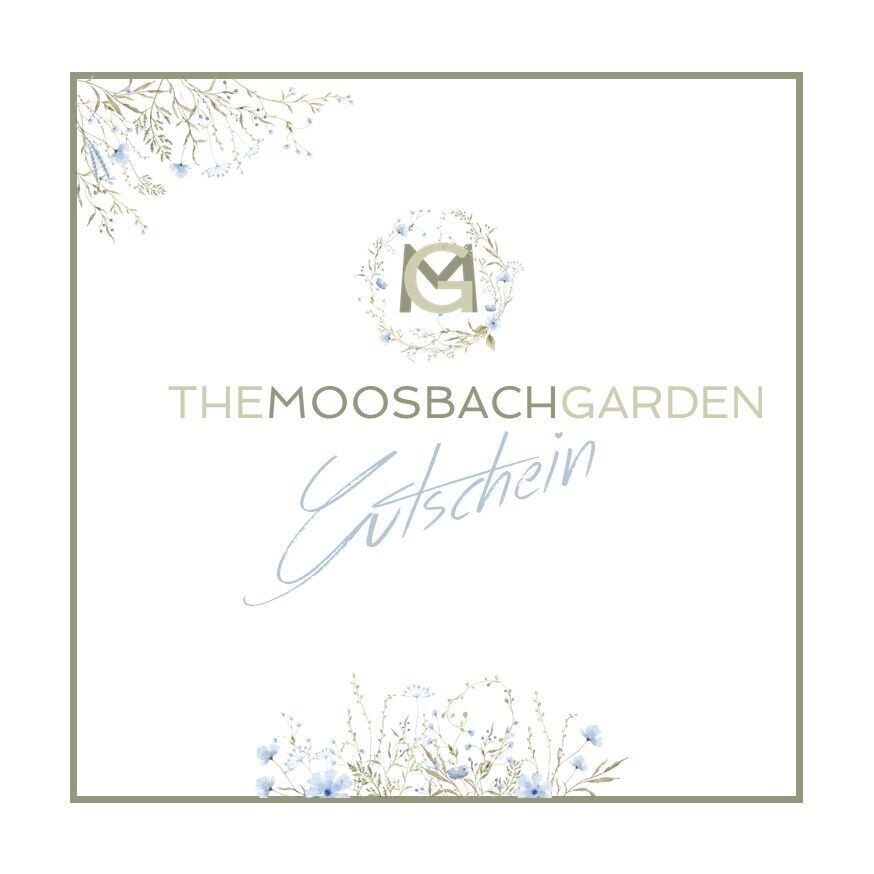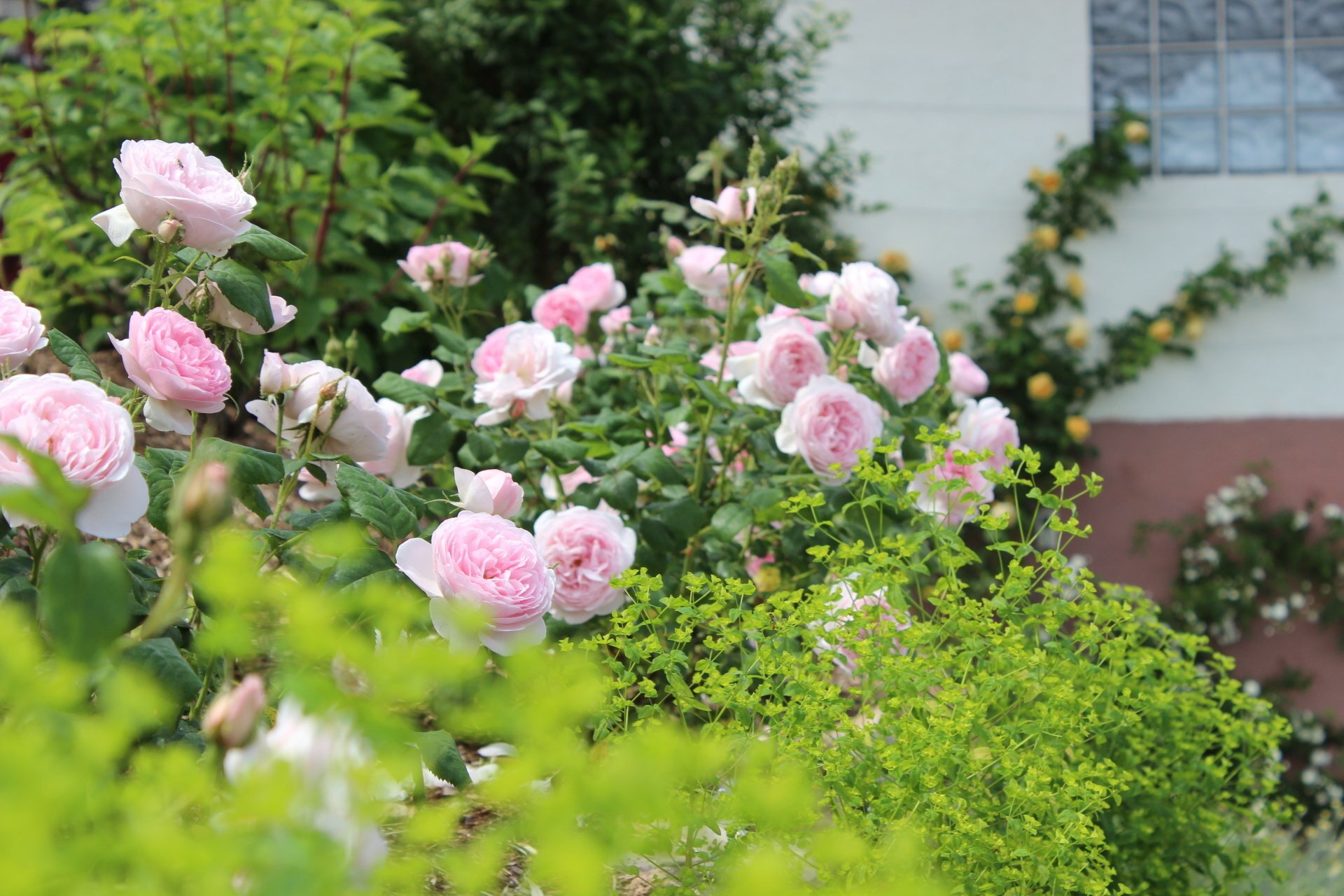Strasbourg – Where history, Europe and culture meet
Strasbourg (French: Strasbourg) is the capital of the region Grand Est Located in eastern France, directly on the border with Germany along the Rhine, the city has a unique character: a melting pot of... German and French culture, a place with deep historical roots and an important center for Politics, science and art – not only in France, but throughout Europe.
Historical development of Strasbourg
Strasbourg's origins date back to Roman times. Argentoratum The city was already a military outpost on the Rhine in the 1st century AD. In the Middle Ages, Strasbourg became an important trading center, primarily due to its location at the crossroads of European trade routes.
In the year 1262 Strasbourg became a free imperial city of the Holy Roman Empire. After centuries of alternating allegiances between France and Germany, it was annexed by France in 1681, returned to Germany in 1871 after the Franco-Prussian War, and became French again in 1918.
This eventful history has profoundly shaped the city culturally and architecturally – a fact that is still evident today in the bilingual identity, reflected in architectural style and everyday life.
Sights and highlights in Strasbourg - Strasbourg Cathedral (Cathédrale Notre-Dame)The city's landmark and one of the most impressive Gothic buildings in Europe. The astronomical clock and the observation tower with its panoramic views of the city are particular highlights.
- La Petite FranceThe historic tanners' quarter with its half-timbered houses, canals and cobblestones – a picturesque district that particularly showcases Strasbourg's charm.
- European Parliament & Council of EuropeStrasbourg is home to important European institutions – a symbol of peace and cooperation in Europe.
- Rohan Palace: Baroque city palace with three museums – for archaeology, art and decorative arts.
- NeustadtThe Wilhelminian quarter with its wide boulevards and imposing architecture has been a UNESCO World Heritage Site since 2017, together with the old town.
- Boat tour on the IllA popular way to explore Strasbourg's old town and modern districts from the water.
Strasbourg today – a European city with a high quality of life
With around 290,000 inhabitants (with over 500,000 inhabitants in the metropolitan area) Strasbourg is one of the largest cities in eastern France – and at the same time one of the most important European metropolises.
Strasbourg is:
- Headquarters of the European Parliament, of Council of Europe and the European Court of Human Rights
- One of the France's most bicycle-friendly cities with a dense network of cycle paths
- A center for Science and research, including the renowned University of Strasbourg
- A vibrant cultural city with numerous theaters, festivals, concerts and art exhibitions.
- home of the famous Strasbourg Christmas Market (Christkindelsmärik), one of the oldest and largest in Europe













